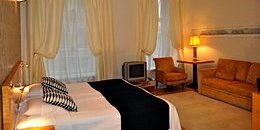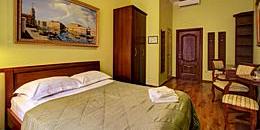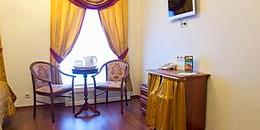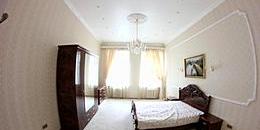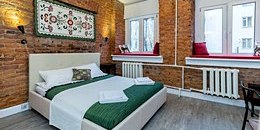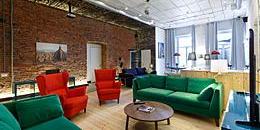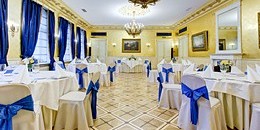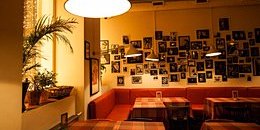Anichkov Bridge
Carrying Nevsky Prospekt across the Fontanka River, the first Anichkov Bridge was a wooden structure erected as early as 1716. Its name honors the engineer of that first bridge, Mikhail Anichkov. In the 1780s, a series of almost identical stone bascule bridges were built across the Fontanka, and Anichkov Bridge was one of them - Lomonosov Bridge is the most famous to have survived intact. There are numerous historic pictures of Anichkov Bridge in this period, and the bridge was a popular attraction thanks to its central location.
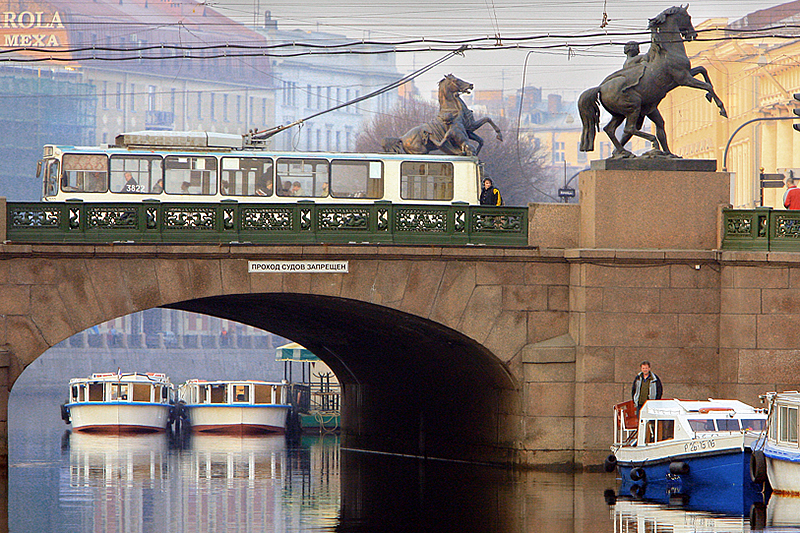
By the 1840s, however, Anichkov Bridge, with its four towers housing the raising mechanism, was unable to cope with the ever-increasing volumes of traffic along Nevsky Prospekt, and the decision was taken broaden the bridge, making it a similar width to the avenue itself. The result was the modern bridge, although it had to be fundamentally reconstructed in 1906-1908 due to structural flaws in the arches.
A simple but elegant structure, Anichkov Bridge consists of three arched spans faced with pink granite, and measures 54.6 meters. To decorate the bridge, cast-iron railings were installed to a design by Karl Friedrich Schinkel for Berlin's Palace Bridge. They have ornate symmetrical designs featuring mermaids and fantastical seahorses.
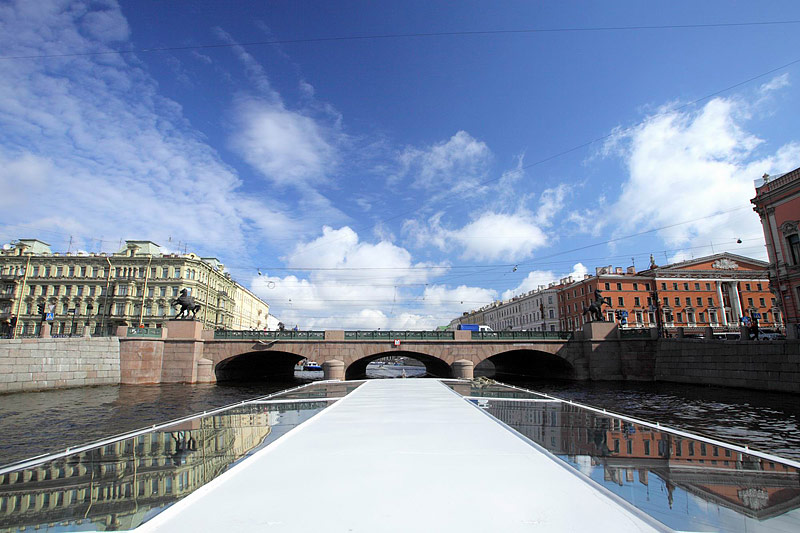
The most striking decorations on Anichkov Bridge, however, are the Horse Tamers by Pyotr Klodt, who also sculpted the equestrian statue of Nicholas I on St. Isaac's Square, and the quadriga above the portico of the Bolshoi Theatre in Moscow. These beautiful bronze cast proved so popular that copies of the sets at the eastern end of the bridge, installed in 1841, were sent as Imperial gifts to Frederick William IV of Prussia and to the City of Naples within a decade. The sculptures at the western end were erected in 1850. During the Siege of Leningrad, the sculptures were removed and buried in the grounds of the Anichkov Palace nearby. Thus, unlike the bridge, they survived the war intact. All damage was repaired, however, and the statues were restored to their rightful place on 1 May 1945, a week before victory was declared.

